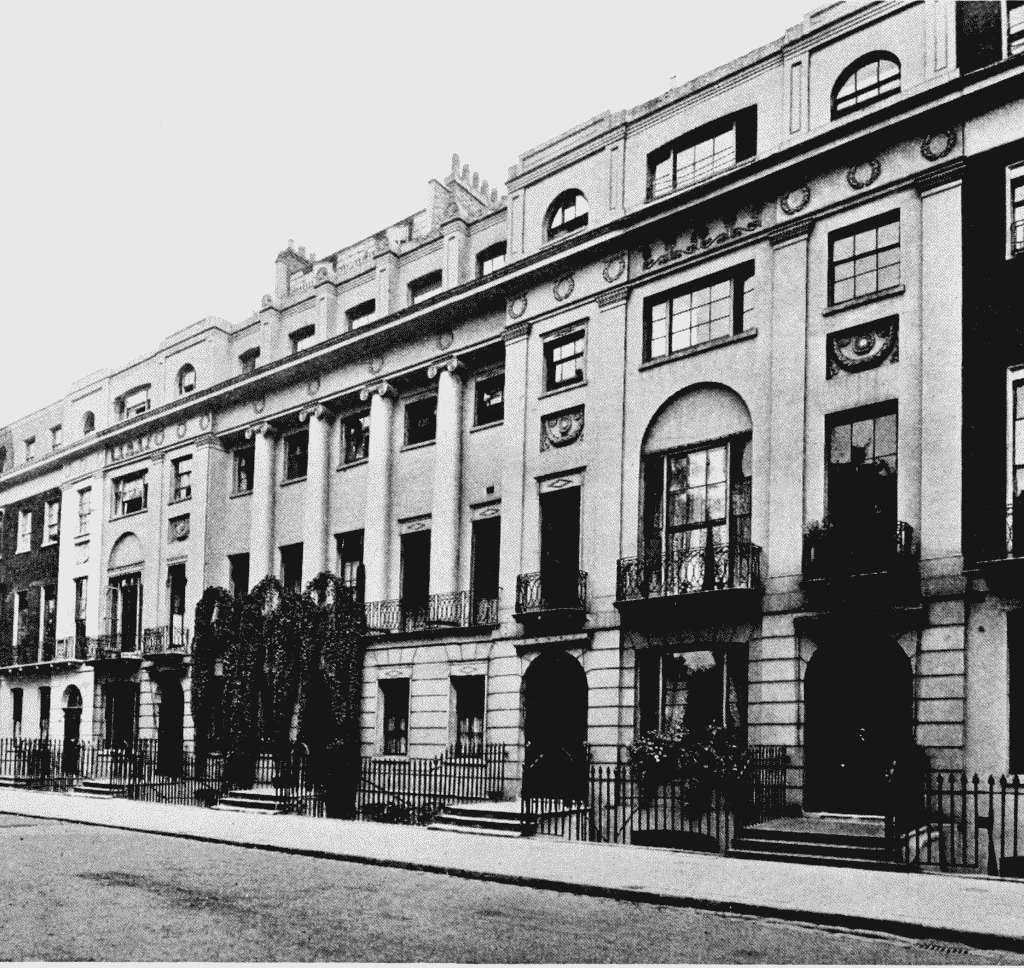Square Haunting, Francesca Wade, Faber.
Mecklenburgh Square, in Bloomsbury, just near the City of London, with its central garden, elegant trees and rows of Georgian terraces, is now gentrified, but in the early twentieth century it was more bohemian – a melting pot of the left-wing, Christian socialists, Fabians, even Australians! Bloomsbury contained the Slade School of Art, bookshops and libraries. The five subjects of this book – Jane Harrison, Eileen Power, Hilda Doolittle, Dorothy Sayers and Virginia Woolf – all made their homes briefly in the square at various times, a fact ‘skated over’ in other biographies, writes Francesca Wade, who has found many interconnecting threads.
Besides having in common this area of residence, the women lived out the subject of Woolf’s book A Room of One’s Own: the need for women to move beyond the control and approval of men, to be accepted on their own terms rather than merely their gender, to be able to pursue the life of the mind, to be financially independent in order to do so, and to not have to choose between a career and love. Francesca Wade tells us that for each writer, the square was a ‘fresh start’, a breaking free from the limitations and expectations put on them by men and society.
Harrison and Power were well-regarded in their own time, but almost forgotten today, pioneers of classical studies and global history respectively, delving into the roles of women in history and foregrounding commonalities rather than wars and nationalities. Woolf is the most famous of the group, living in the square when she was older, during World War II and having to move out of the square because of bomb damage. In some ways Woolf and her Bloomsbury circle were typical of an upper-class leftist tendency to espouse solidarity with the poor while being elitist and privileged, but, says Wade, Woolf highlighted how women were torn between private longings and public expectations – the way society forces roles on women, despite their ambitions and talents, and she explicitly linked the Victorian ‘angel in the house’ stereotype with Hitler’s idealistic, conservative views of women.
Hilda Doolittle was known publicly as HD, a name foisted on her by poet Ezra Pound, who included HD in his Imagist poetry movement, though HD felt restricted and ‘haunted’ by this and spent much of her life throwing off this early identification. She was also involved in what we might politely call romantic entanglements that disproportionately burdened women, something also experienced by Dorothy Sayers.
Sayers was famous for her Peter Wimsey detective novels, as widely read as the Sherlock Holmes stories in their day, begun while she lived in the square (in the same apartment HD had occupied), and later for her advocacy in the media of ‘an exciting and practical’ Christianity (which brought some criticism from conservative religious leaders), her plays about the life of Jesus and her Dante translation. Sayers was one of Oxford’s first woman graduates, was precocious and extravagant, meeting male friends unchaperoned and – shock, horror – wearing trousers. Her time in the square was somewhat typical for a young person out in the world, combining financial worries with the thrill of independence.
Once her writing began to be recognised, she suffered from people viewing her as a ‘literary freak’, partly because she was a woman who could write. The pressures of expectations on women came out in her fiction. One of her characters was an independently minded woman accused and acquitted of her lover’s murder, who took up detective work and battled with balancing a career and love, and not being the assumed inferior in a relationship.
Interestingly, all this – the independence of women and the importance of the life of the mind – played out in a time of war, in a time of crisis where London’s streets were deserted, people were
isolated and focussed on survival, the future was uncertain and death was especially prominent, paralleling somewhat our own present situation.
Nick Mattiske blogs on books at coburgreviewofbooks.wordpress.com













